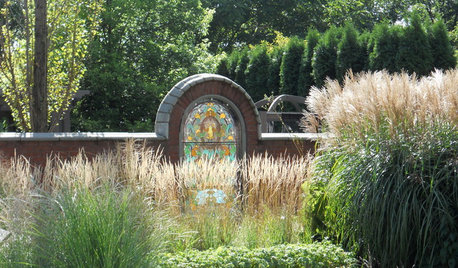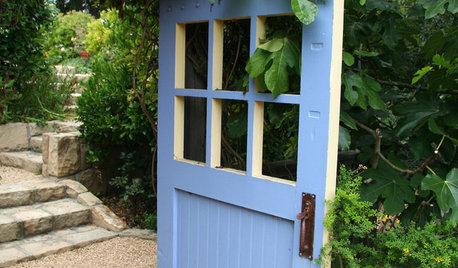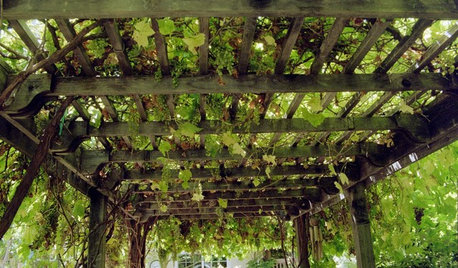Indeterminate Tomato Trellises
robinava
10 years ago
Related Stories

EDIBLE GARDENSSummer Crops: How to Grow Tomatoes
Plant tomato seedlings in spring for one of the best tastes of summer, fresh from your backyard
Full Story
GARDENING GUIDESCalifornia Gardener's June Checklist
Update your hydrangeas, catch up on tomatoes and more ways to enjoy your California garden in June
Full Story
GARDENING GUIDESNortheast Gardener's September Checklist
Pluck those tomatoes, enjoy ever-changing grasses and get an eyeful of exuberant zinnias
Full Story
COOL-SEASON CROPSCool-Season Vegetables: How to Grow Peas
Their sweetness isn't just for spring. Peas thrive in cool weather too, adding a garden-fresh note to soups, salads and more through fall
Full Story
CALIFORNIA GARDENINGCalifornia Gardener's May Checklist
Only one major chore but a plethora of planting possibilities means a delightful month in California gardens
Full Story
GARDENING GUIDESPacific Northwest Gardener: What to Do in June
Now's the time to prune pines and vines, prevent pests and buy June-blooming plants to keep your garden healthy and beautiful
Full Story
GARDENING GUIDESEssential Watering Tips for Your Edible Garden
To give your edible plants just what they need, check out these guidelines for how, when and how much to water
Full Story
LANDSCAPE DESIGNArtful Salvage: Old Doors Decorate the Garden
In a fence or leading only to imagination, salvaged doors can create lots of intrigue for little cash
Full Story
SPRING GARDENINGSummer Crops: How to Grow Strawberries
Pluck your own sweet strawberries right from the garden vine for smoothies, salads or eating then and there
Full Story
GARDENING AND LANDSCAPINGVertical Gardens Raise the Limits for Landscapes
Turn a small garden space into a towering success with an upward-bound collection of edible delights
Full Story





seysonn
robinavaOriginal Author
Related Professionals
Wrentham Landscape Architects & Landscape Designers · Clark Landscape Architects & Landscape Designers · Surprise Landscape Contractors · Stallings Landscape Contractors · Wareham Landscape Contractors · Whitehall Landscape Contractors · Bell General Contractors · Hamilton Square General Contractors · Leon Valley General Contractors · Livermore General Contractors · Pinewood General Contractors · Saint Paul General Contractors · Lake Arrowhead Decks, Patios & Outdoor Enclosures · Medford Decks, Patios & Outdoor Enclosures · Spokane Decks, Patios & Outdoor Enclosuresseysonn
missingtheobvious
digdirt2
robinavaOriginal Author
robinavaOriginal Author
digdirt2
missingtheobvious
robinavaOriginal Author
lucillle
digdirt2
missingtheobvious
smithmal
yardenman
robinavaOriginal Author